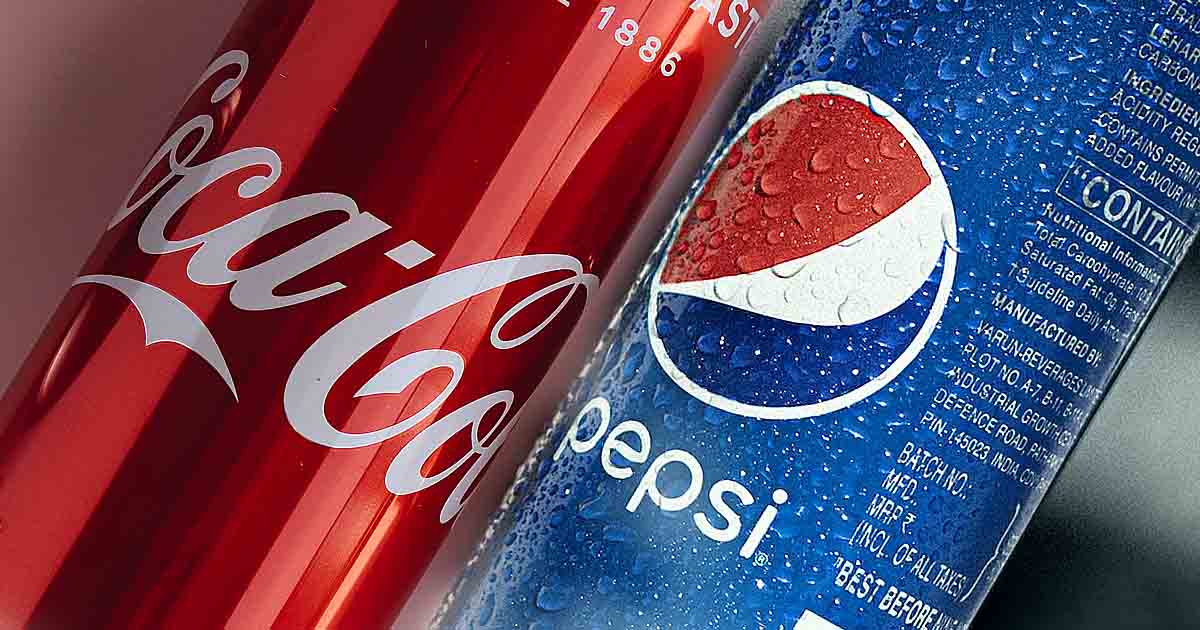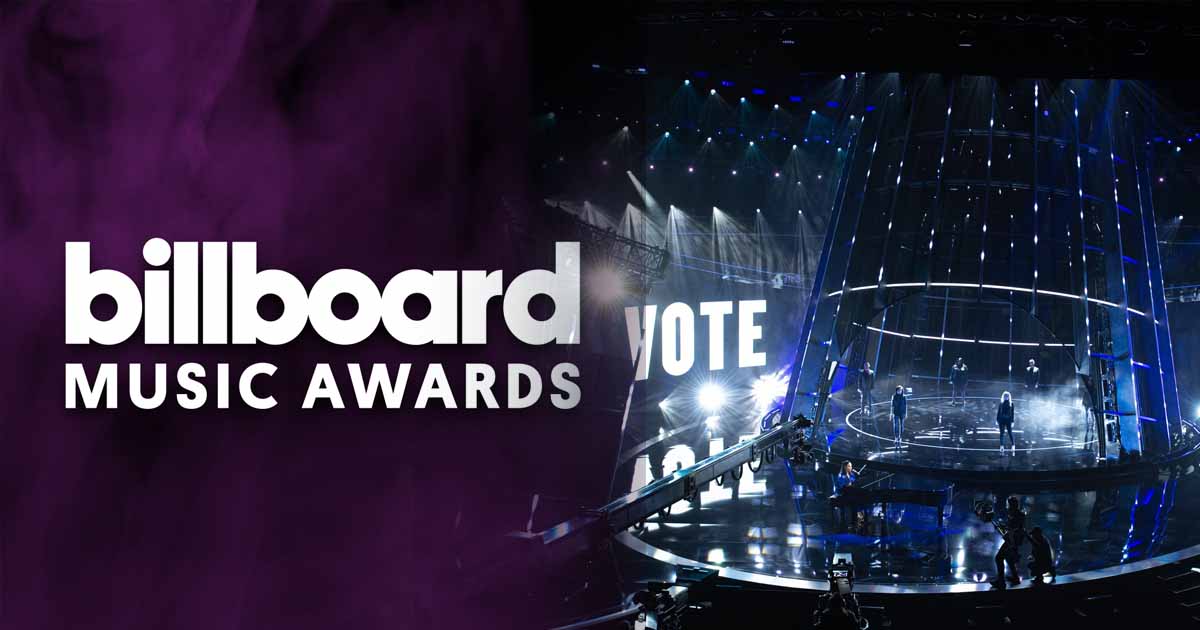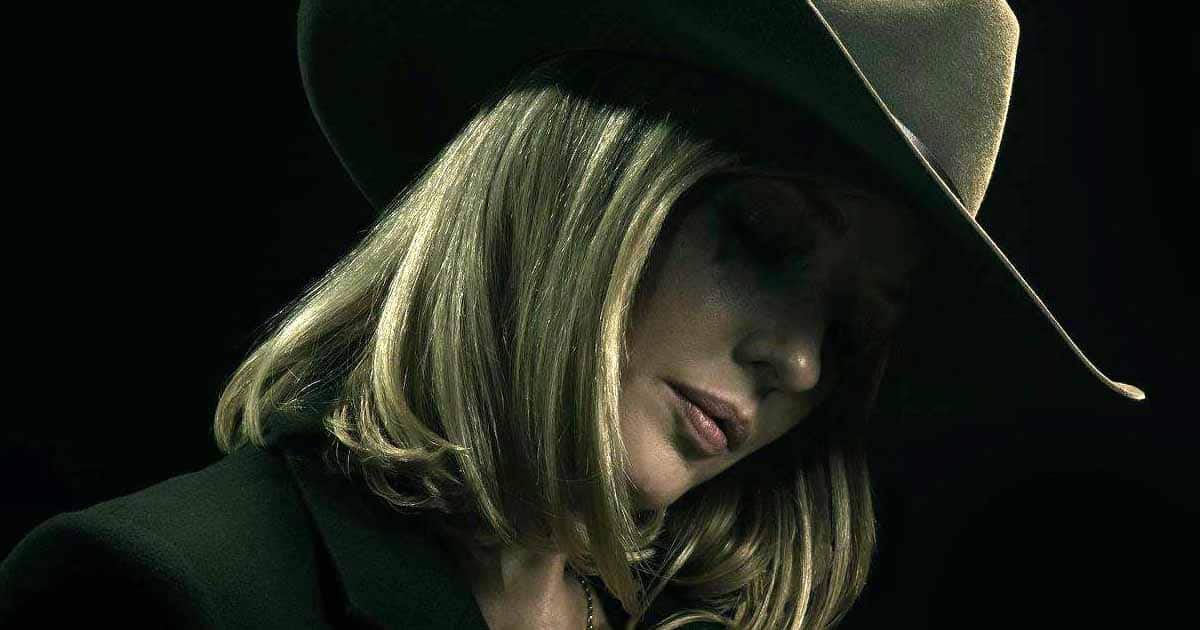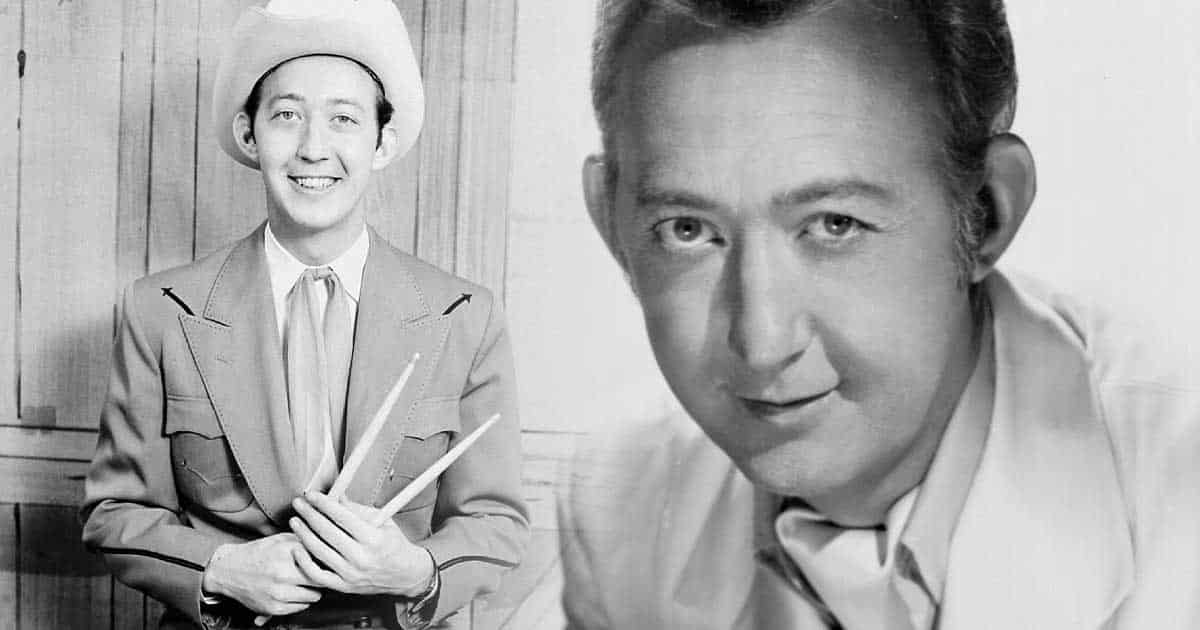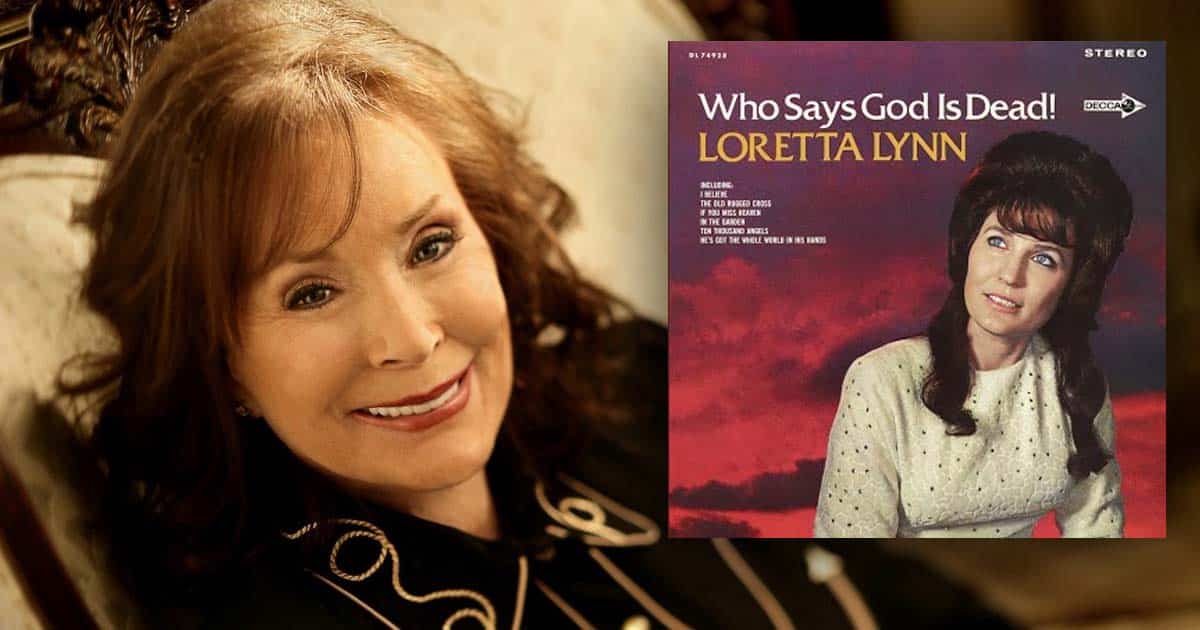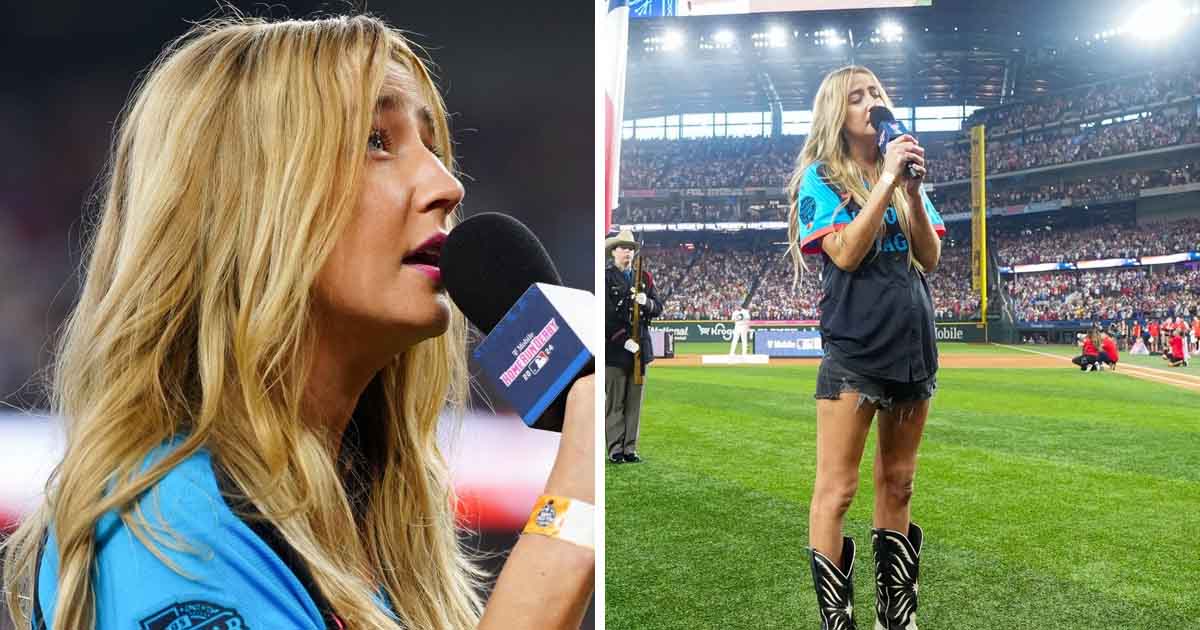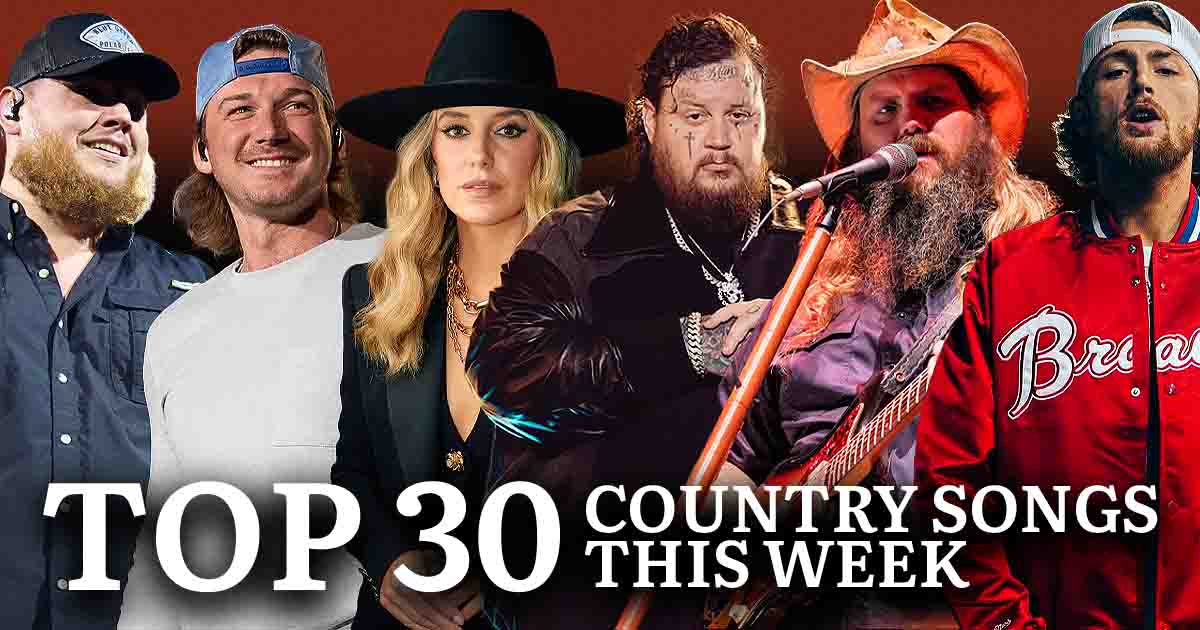Are you a Coca-Cola fan, or do you relish a glass of Pepsi more? Does your heart often sink whenever you’re at a restaurant and the waiter tells you your preferred cola is unavailable? Whether you’re a casual soda drinker or a soft drink beast, chances are you have a solid opinion regarding the longstanding rivalry between Pepsi vs Coke.
These two iconic brands have been fighting hammer and tongs to dominate the beverage market for as long as we can remember. While competition between brands is pretty normal, only a few rivalries are as deep-seated in culture as the ancient battle between Coca-Cola and Pepsi.
So, today, we’ll dive into the story behind the Pepsi vs Coke promotion match-up. Let’s get it on and take a closer look at how these two beverage giants have contended, failed, thrived, and grown through the years.
The Humble Beginnings Of Two Mega Brands
RELATED: Foodgasm: Top 50 BBQ Joints in Texas 2021 That You Shouldn’t Sizzle Out On
PepsiCo and Coca-Cola Company are now two of the biggest and most prominent beverage brands in history, each selling thousands of products in markets worldwide. Even more, the companies’ influence knows no bounds – from television, print, and billboard ads to celebrity endorsements and classic product placement in all-time best movies. They’re basically anywhere!
Before these megabrands achieved their current international dominance, they came from humble beginnings that can be traced back to the 1890s.
Did you know that Coca-Cola and Pepsi were not intended to be soft drinks? In fact, both were developed from the formulas of two pharmacists.
In the late 1800s, Dr. John Pemberton – a local pharmacist in Atlanta, Georgia – created a recipe for a sweet syrup that was intended as a non-addictive substitute for morphine and was later advertised as a tonic for common ailments, such as headaches. Little did Pemberton know what was in store for his product.
Soon enough, the syrup was mixed with carbonated water to create a “delicious and refreshing” drink – a theme that remains to echo at present wherever Coca‑Cola is enjoyed.
On May 8, 1886, the first glass of Coca-Cola was served. In the first year, Pemberton sold just about nine drinks daily at five cents a glass. But with Coca-Cola’s marketing and promotions, the demand significantly increased.
In 1894, the popular beverage brand started bottling the drink to make it portable. It then didn’t take long for Coca-Cola to build plants in multiple cities such as Dallas, Los Angeles, and Chicago to address the increasing demand.
Pepsi did not come about until 1893, when Coca-Cola was already selling like hotcakes, with over a million gallons of sales yearly. Pepsi was first made in New Bern, North Carolina, by pharmacist Caleb Bradham. First called “Brad’s Drink,” the beverage was being sold at the soda fountain in his drugstore – just like most pharmacists at the time.
At first, it was being marketed as a digestive aid as it was initially intended to cure stomach pains. It also comes with the slogan “Exhilarating, Invigorating, Aids Digestion.” When the brand flourished, Bradham gave it a much snappier name, settling on Pepsi-Cola in 1898.
The drink proved so popular that Bradham began selling it to pharmacies and other vendors throughout North Carolina. The demand kept increasing, so Bradham built Pepsi-Cola’s first-ever bottling franchises in Charlotte and Durham.
Coca-Cola Grew Bigger While Pepsi Was Collapsing
RELATED: Delicious Southern Recipes to Satisfy Your Cravings
While Pepsi is now a whopping empire owning more food and beverage products than one can imagine, did you know it once struggled and literally went bankrupt on two separate occasions?
In 1910, Pepsi expanded rapidly with 280 bottling franchises and covered at least 24 states. However, the war in Europe in 1914 sent the price of sugar – a key ingredient – soaring, plunging Pepsi into a loss-making business. Despite Caleb Bradham’s efforts, the business sadly failed. In 1923, Pepsi was certified bankrupt.
At this time, Coca-Cola had already proved to be the dominant brand. It even expanded outside of the United States by opening its first plant in the Philippines, and it managed to establish its presence in Europe.
Nevertheless, New York investor Roy Megargel saw a future in Pepsi. He raised money to buy it from a group of creditors taking control of the company’s trademark, patents, and other assets. He worked hard to keep the business alive, even running it for eight years without making a profit.
However, as luck would have it, the economy of the United States buckled. An unprecedented economic depression left hundreds of businesses bankrupt. That includes Pepsi, which was forced to file for involuntary bankruptcy in 1931 – the second time around. Pepsi even gave Coca-Cola the opportunity to buy them out, but the latter declined.
Meanwhile, Coca-Cola emerged as the most popular soda. Its well-celebrated Santa Claus ads were such a hit, marketing the beverage as a refreshing drink that could be enjoyed all year round.
Pepsi managed to quickly get back on its feet after several reorganizations. In 1934, they returned from bankruptcy, reminding people what it was, in case they had forgotten.
The Start of What Is Now Known As The Cola Wars
RELATED: Top 10 Meatloaf Recipes from the South to Add to Your Menu
Coca-Cola and Pepsi co-existed peacefully from its beginning until the two sodas started directly taking aim against each other through their respective marketing campaigns.
In 1975, Pepsi Cola Company created an unmissable advertising campaign that directly attacked Coca-Cola – the marketing ploy was called the “Pepsi Challenge.”
At this time, the advertising onslaught that we refer to today as “The Cola Wars” came out in the open! Pepsi representatives started setting up tables in public places with two white cups – one contained Pepsi Cola while the other came with Coca-Cola. People were then asked to sip from both cups and decide which tasted better. The result showed that most participants favored Pepsi.
The Pepsi Challenge stretched into the 1980s, and the brand started successfully winning Coca-Cola’s fans. While Coca-Cola was still outselling Pepsi despite the latter’s valiant efforts, its market share declined.
Of course, Coca-Cola struck back by doing a few things differently. It switched its main ingredient to corn syrup instead of sugar to cut the cost of production, opening the door for massive changes to its original recipe.
Coca-Cola announced the changes to its secret formula in 1985. It became known as the “New Coke,” which now tasted much sweeter – more similar to the Pepsi consumers preferred in the Pepsi Challenge.
However, rather than people feeling thrilled with the changes, consumers were outraged that they could no longer buy the original Coca-Cola. The company received a wave of negative feedback, demanding the old popular taste be brought back. Some consumers even staged protests.
What’s even more intriguing is that Pepsi swiftly capitalized on the backlash. One of their advertising campaigns showed a young girl upset about Coca-Cola’s new taste.
So, she finally gave Pepsi a try and declared she now understood why Coca-Cola had changed. The commercial declared that Pepsi is “The Choice of a New Generation.” In another Pepsi advertisement, the brand declared its victory in the Cola Wars – but that victory was too early to celebrate.
Coca-Cola came back with full power, revealing that the company would return the old taste under the name Coca-Cola Classic.
Fast forward to these days, the Cola Wars have never really ended. It’s a blood feud between two companies rarely seen in the history of business.
How These Two All-American Sodas Really Compare
You might think your taste buds are playing tricks on you, but despite their comparable qualities and numerous similarities, Pepsi and Coca-Cola give two vastly different experiences when it comes to their tastes.
One ingredient that changes the flavor between the two brands is the amount of citric acid they contain. Citric acid is a commonly used ingredient in several carbonated sodas to balance the sweetness and enhance the flavor.
However, Coca-Cola does not come with citric acid at all, hence its smoother and more mellow taste. That is because Coca-Cola uses phosphoric acid instead, which is less tart and acidic. It is why Coca-Cola is often described as having more of a vanilla-raisin flavor.
Meanwhile, Pepsi contains a higher amount of citric acid, giving it more of a tart and citrusy flavor. Pepsi’s citric acid is also highly concentrated, giving the drink a refreshing taste since the tartness cuts through the sweetness. However, Pepsi has two more grams of sugar than Coca-Cola. That is why Pepsi is much sweeter – which people love or hate.
All of these things only explain why people prefer one over the other. So, are you a Coca-Cola devotee or a Pepsi fanatic? What’s your take on the Pepsi vs Coke battle?

